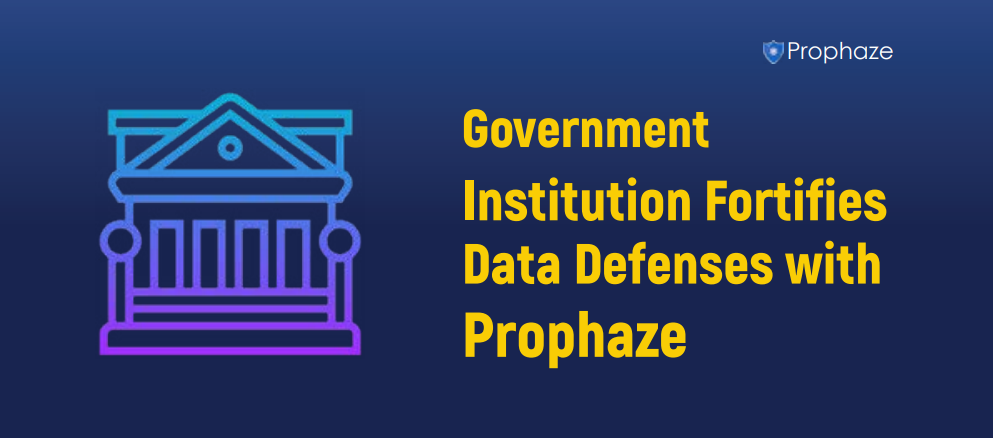All about Cross-site Scripting
Cross-site scripting (XSS) is a type of web vulnerability that allows attackers to inject malicious scripts into web pages accessed by other users. XSS attacks can be used to steal confidential information, hijack user sessions or launch other types of attacks. This makes XSS a serious threat to web application security.
XSS attacks occur when a web application allows untrusted user input to be included in a web page without proper validation or encoding. This can happen through a variety of ways, including input fields, URLs, cookies, and other data sources. Once an attacker is able to inject malicious scripts into a web page, these scripts can be executed in the victim’s browser, allowing the attacker to steal information, modify page content, or perform other malicious actions.

What are the different types of XSS Attacks?
There are several types of XSS attacks, including reflected, stored and DOM-based XSS. Reflected XSS attacks occur when an attacker injects a script into a URL or other input field, and that script is then returned to the user on the web page. This can happen when a web application does not properly validate or encrypt user input, allowing an attacker to inject a script that is then executed by the user’s browser. This type of attack can be used to steal sensitive data such as login credentials or credit card numbers, or to launch other types of attacks such as phishing or malware distribution.
Stored XSS attacks occur when an attacker injects a script into a web application’s database and that script is then displayed to users who visit the affected page. This can happen when a web application does not properly validate or sanitize user input before storing it in a database. Stored XSS attacks can be particularly dangerous as they can affect many users who visit the affected page, and the injected script can remain in the database even if the attacker is no longer actively exploiting the vulnerability.
DOM-based XSS attacks occur when an attacker manages to manipulate the Document Object Model (DOM) of a web page to execute malicious scripts. This can happen when a web application incorporates user input into a JavaScript function that modifies the DOM without properly validating or encoding the input. DOM-XSS attacks can be difficult to detect as the malicious script is not transmitted to the server and may not appear in the source code of the web page.
Ways to counteract XSS Attacks
To prevent XSS attacks, web application developers must properly validate and encode all user input. This can include using input validation to ensure that user input meets specific criteria, such as being in a certain format or within a certain range. It can also include output encoding, which converts user input into a secure format that cannot be executed as a script.
Web application developers can also use Content Security Policy (CSP) to prevent XSS attacks. CSP allows web application developers to specify which sources of content are allowed to be loaded onto a web page, including scripts, images, and other types of content. By specifying only trusted content sources, developers can prevent XSS attacks by preventing malicious scripts from being loaded onto a web page.
XSS in a gist
In conclusion, XSS is a serious threat to the security of web applications. It occurs when attackers are able to inject malicious scripts into web pages viewed by other users. To prevent XSS attacks, web application developers must properly validate and encode all user input and use Content Security Policy to restrict the sources of content that can be loaded onto a web page. By taking these measures, web applications can be protected from the consequences of XSS attacks, thereby improving their security.












